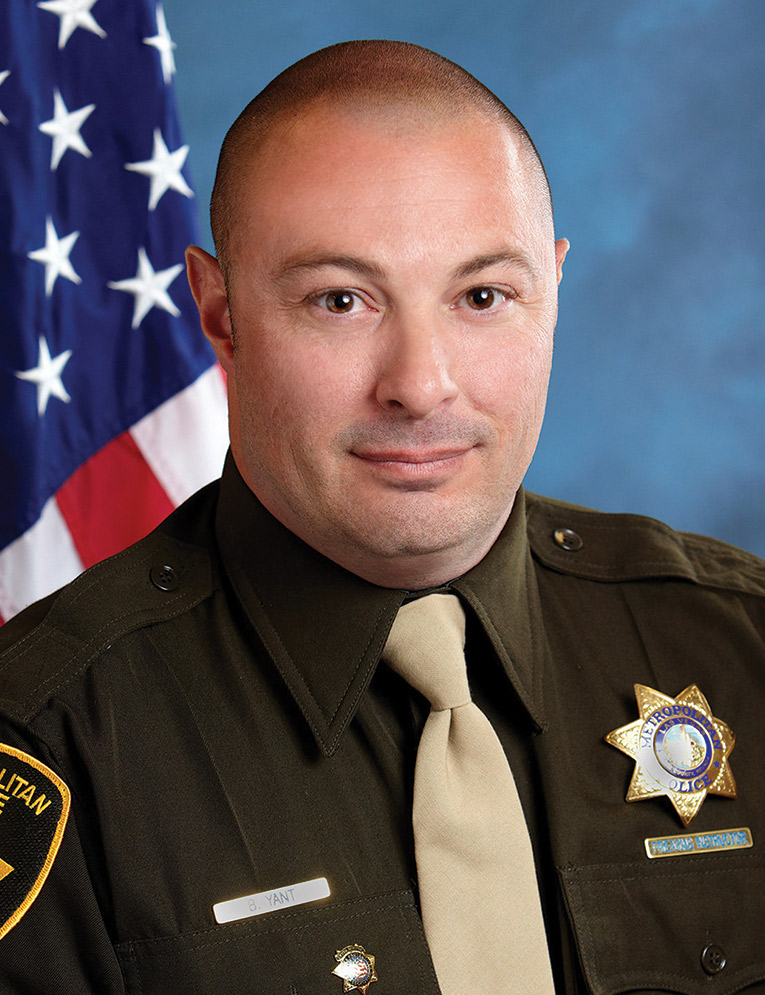
Sergeant-at-Arms
Why is “why” important when it comes to force investigations and the internal review? The who, what, when and where are the easy parts of the investigation. It’s all laid out right in front of us. We have body-worn camera footage and witness statements at our disposal during the investigation. We are all versed at discovering and investigating as officers. Yes, I said investigating. As police officers, we are all investigators. But what really matters is the why, and you need to be able to articulate your why.
Why did you make decisions based on the actions and observations you observed and perceived from the subject? Why did all of this lead you to your decision-making process based on your training and experience? Why then, based on all these factors, did you utilize a level of force? All of this was done in a time-compressed environment. All of this is critical information that needs to be articulated during the investigation and reporting. You cannot rely on body-worn camera footage alone to tell your story. Gone are the days of statements like “I was in fear for my life.” The why needs to be articulated. The entire picture needs painting as if there was no other evidence to tell your why.
The why needs to be articulated. The entire picture needs painting as if there was no other evidence to tell your why.
With access to body-worn camera footage, you cannot rely on the footage painting the perfect picture and being an actual representation of your perception and actions due to the limitations of the actual camera. Yes, the footage that is recorded is a representation of what occurred. However, the camera only records what is in its field of view and not what you see. Cameras record at varying speeds and capture the event at different frame rates. This can cause split-second actions, tactile cues and many important details to be lost potentially in millisecond gaps of the recording.
Due to the technology of the camera, it will undoubtedly see better in low-light settings than you. With this, you will rely on more contextual cues and movements in assessing P# 10201 threats the camera may miss. The lens on the camera is made to record in 2D and will not record depth of field and make objects appear closer than they really are. With all of this information and much more, two facts are clear with body-worn cameras and any other type of video evidence. First, any body-worn camera or other video evidence can never replace a thorough investigation. Secondly, the video evidence itself may need to be interrogated and forensically reviewed to extrapolate all the accurate information contained in the video and identify internal errors with the video.
When reviewing body-worn camera footage, there may be a discrepancy between the evidence recorded and your perception and memory of the event. This is absolutely normal and expected during critical events. Our brains are processing the information we are focused on. In critical events, your brain will focus on what is necessary to survive, and it typically will filter out any non-pertinent information at the moment in time. Just because you are seeing or hearing something does not mean it is committed to memory or even comprehended and applied to your decision-making process. You also may not see or hear what the camera is recording due to time compression, speed, distance, your attentional focus and performance limitations. In the review of video evidence, any information contained in the video evidence that you did not perceive and commit to memory may be unintentionally incorporated and committed to your memory and perception of the event, which can be problematic. Investigators may ask how, if actions are clearly documented in the video evidence, could they not be seen, perceived and even known. The answer is simple: The information is clearly present on video, however, it was not processed, perceived and committed to memory.
Remember, you know the facts and why you used the force that you used. The investigators will not be able to fill in the blanks without you. It is imperative that you fill in all the blanks to fully explain and justify your actions. Let your words speak for you. Only you know what you perceived and what caused you to react utilizing the force that you did.

